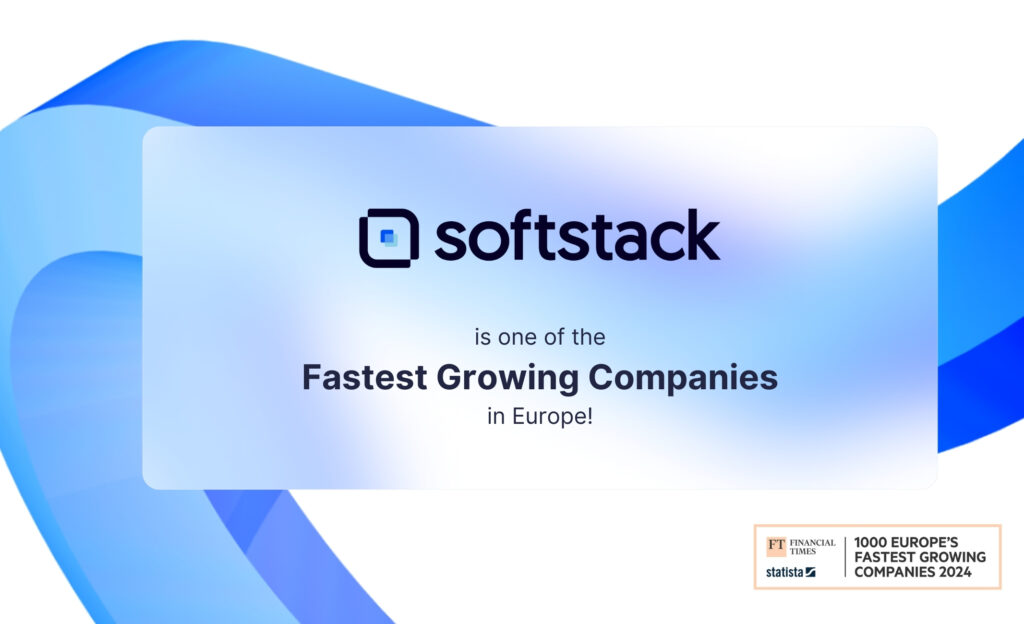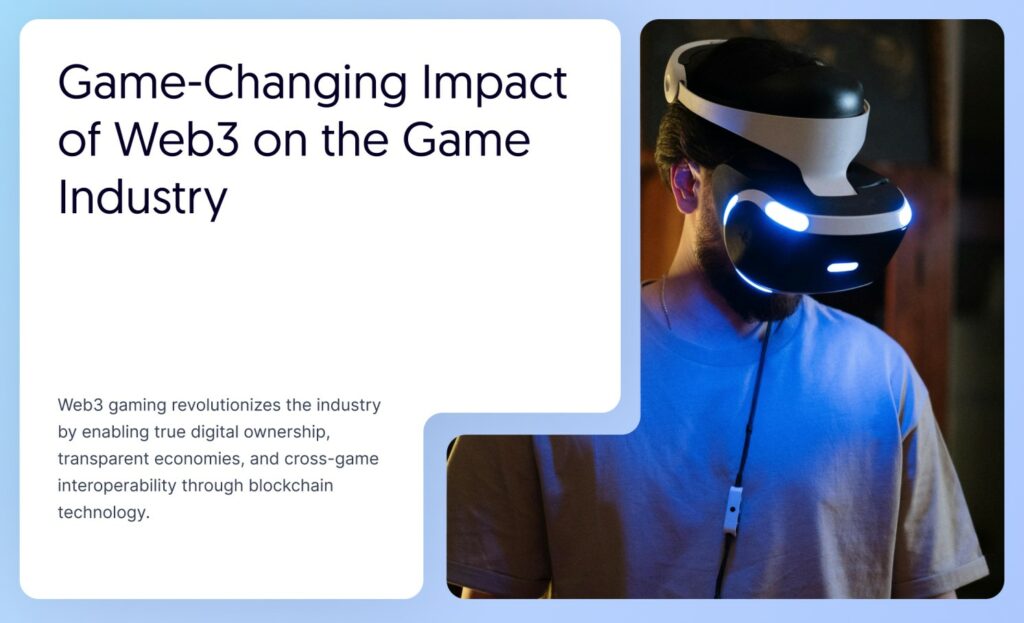Overview
As the digital world continues to evolve, we are witnessing the rise of the Web3 revolution—a new era of the internet built on the principles of decentralization and transparency. The vision of Web3 is to create a user-centric internet, where users have true control over their own data and interactions, free from monopolistic control. In this article, we will explore the fundamental elements of the Web3 revolution and how businesses can adapt and thrive in this new era.
Understanding Web3
Unlike the current Web2 model, which centralizes control in the hands of a few tech giants, Web3 aims to distribute control among users through blockchain technology. At the heart of Web3 are three core components: decentralized networks, smart contracts, and tokens.
Decentralized Networks: These networks distribute data across multiple nodes, making the system more robust against attacks and failures. They allow peer-to-peer interactions without the need for intermediaries.
Smart Contracts: Smart contracts are self-executing contracts with the terms directly written into code. They enable the automation of complex transactions and can trigger actions under specified conditions.
Tokens: Tokens represent a wide range of digital assets and access rights. They can be used for various purposes, from representing ownership of an asset to incentivizing user behavior.
The Impact of Web3 on Industries
Web3 has the potential to disrupt and transform numerous industries:
Finance: Decentralized finance (DeFi) leverages smart contracts to replace intermediaries, bringing transparency, efficiency, and inclusivity to the financial sector.
Content Creation: Web3 enables content creators to have direct control over their work, with the ability to earn value from their content without relying on third-party platforms.
Supply Chain: Blockchain technology can create transparent and immutable records of goods as they move through a supply chain, bringing traceability and accountability to the industry.
Navigating the Web3 Revolution
Businesses must understand the dynamics of the Web3 landscape and how to leverage its potential. Here are some key points to consider:
Embrace Decentralization: Businesses need to explore ways to incorporate decentralized systems into their operations.
Adopt Blockchain Technology: Businesses should consider how blockchain technology and smart contracts can streamline their operations and improve efficiency.
Understand the Role of Tokens: Businesses must understand the value proposition of different types of tokens and how they can be used to incentivize user behavior and build customer loyalty.
Prepare for New Business Models: The shift to Web3 can give rise to new business models. Businesses need to be adaptable and ready to evolve in this rapidly changing environment.
The Web3 revolution is more than just a technological shift—it represents a paradigm shift in the way we perceive and interact with the digital world. As we navigate through this transformation, softstack stands ready to guide and support businesses in embracing the opportunities of the Web3 era.







